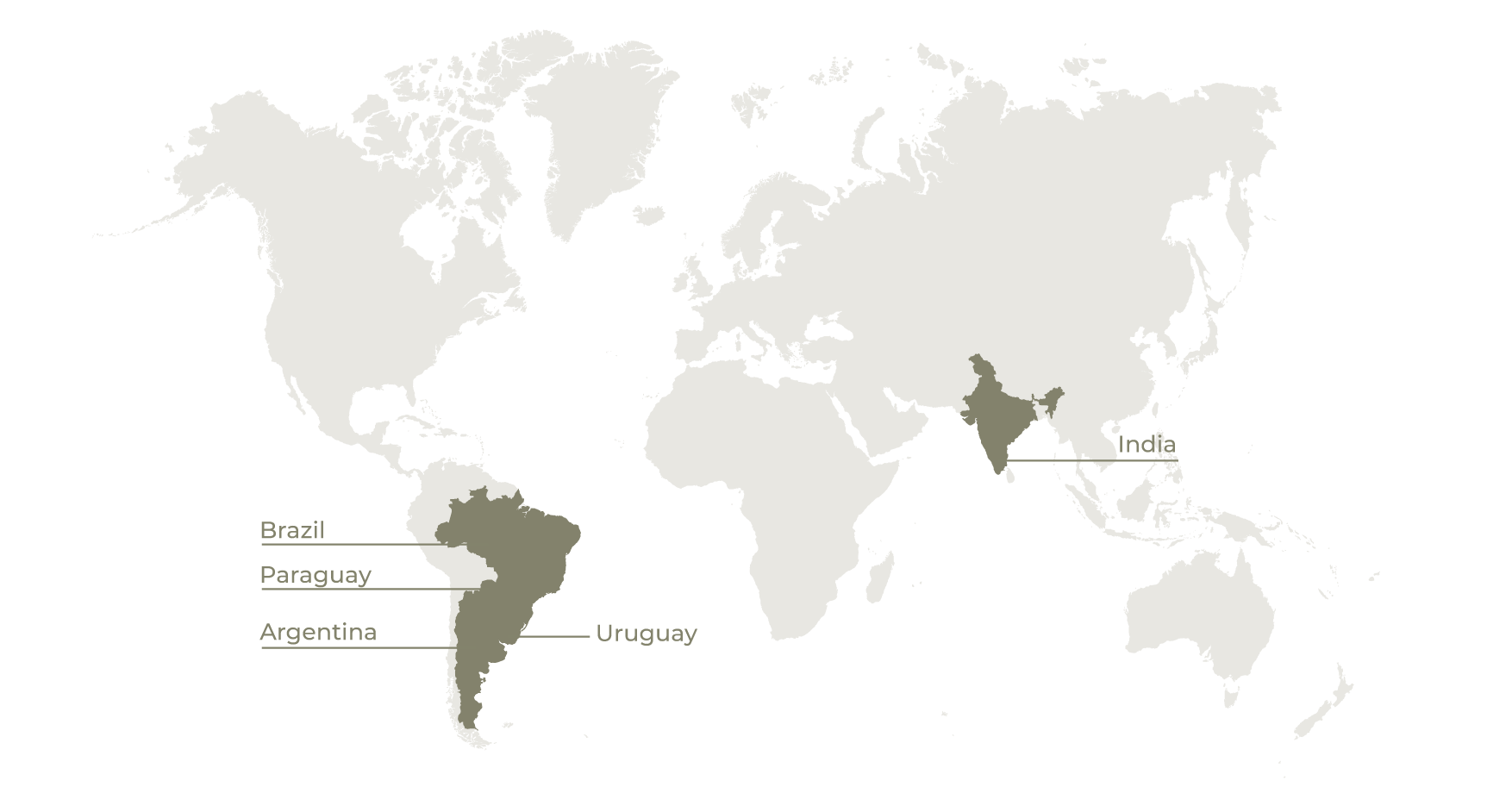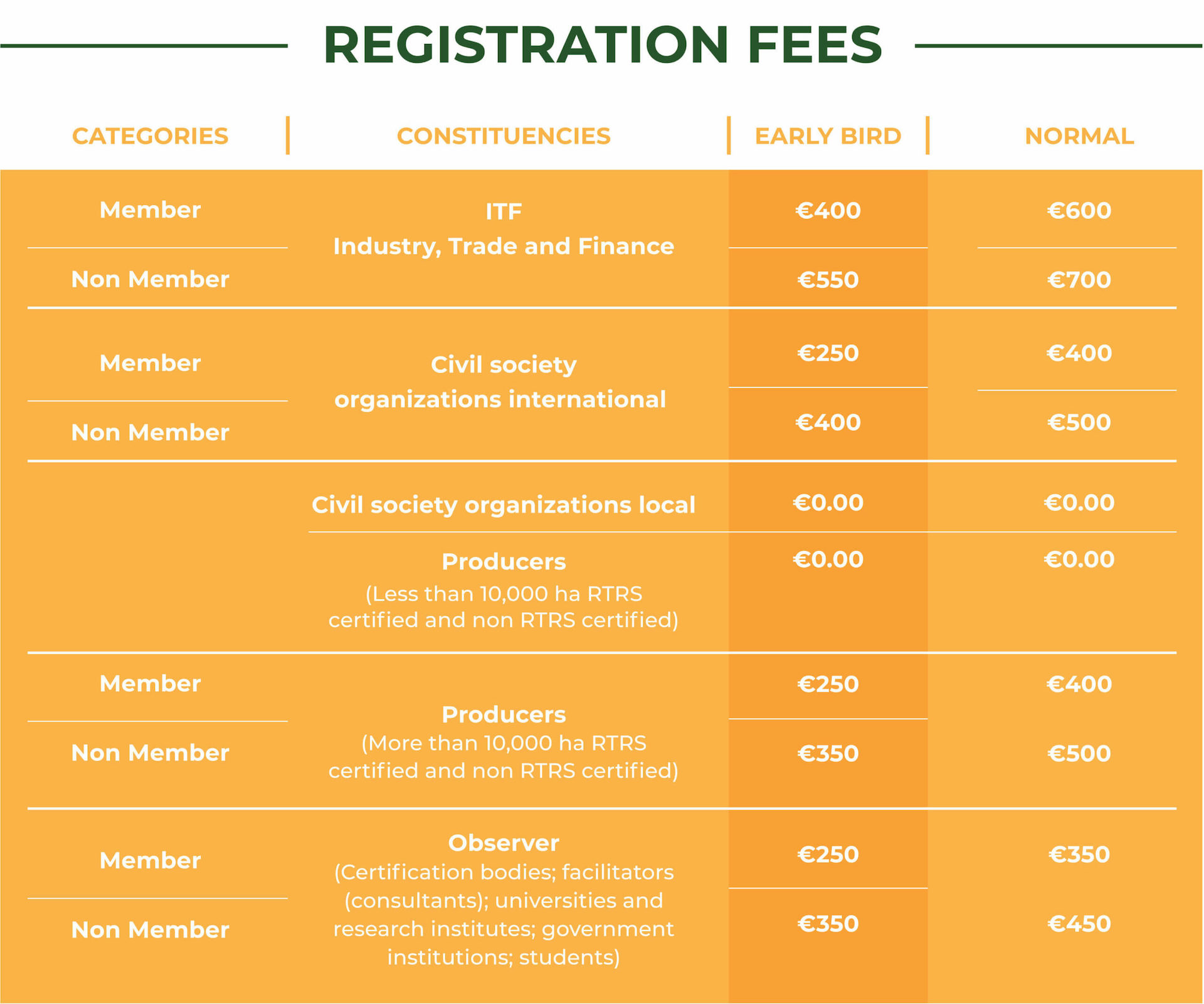Producers
RTRS Standard for Responsible Soy Production

















Meet producers




Why become an RTRS certified producer?




Being a certified producer is a seal of:
Benefits of certification


Management
Improves management indicators
Improves operational efficiency and productivity
Optimises order and records of working methodology
Ensures understanding and fulfilment of the legal requirements


Economic
Allows access to international markets
Provides comparative and competitive advantages
Reduces cost
Optimises input monitoring and management
Reduces operational risks


Environmental
Preserves biodiversity and high conservation value areas
Improves soil and water quality
Reduces contamination
Improves waste management and tracking
Reduces environmental impact by applying Integrated Crop Management (ICM) techniques
The corn-certified producer achieved RTRS soy certification previously
The rotation with corn prevents erosion, maintains the quality, and improves the fertility of the soil


Social
Reduces labour accidents
Reduces employee turnover and increases sense of belonging.
Improves community relations
Improves corporate image and reputation
Certification process






















